Description
Molecular Sieves: The Unsung Heroes of Air Drying
In numerous industrial processes, from manufacturing pharmaceuticals to preserving electronics, the presence of moisture in the air can be detrimental. That’s where molecular sieves come into play, acting as powerful and precise air drying agents. These fascinating materials, often overlooked, offer a sophisticated solution to combat the pervasive problem of humidity.
What are Molecular Sieves?
Molecular sieves are crystalline aluminosilicates, often referred to as zeolites. They possess a unique, highly porous structure with precisely defined pore sizes at the molecular level. This characteristic allows them to selectively adsorb molecules based on their size and polarity. Think of them as microscopic sponges with carefully controlled pore openings, allowing small molecules like water to enter while excluding larger ones.
How Molecular Sieves Dry Air
The process of air drying with molecular sieves relies on their exceptional affinity for water molecules. Air is passed through a bed of these materials, and the water molecules are drawn into the pores, trapping them within the sieve’s structure. This process, known as adsorption, effectively removes water vapor from the air stream, resulting in extremely dry air.
The key advantage of molecular sieves lies in their selectivity. While other drying agents might adsorb a range of molecules, molecular sieves primarily target water and other small polar molecules. This precision is crucial in applications where the purity of the dried air is paramount.
Advantages of Using Molecular Sieves for Air Drying:
- High Drying Capacity: Molecular sieves can achieve extremely low dew points, often reaching -60°C or even lower. This level of dryness is essential for sensitive applications.
- Selective Adsorption: Their selective nature ensures that only water and other targeted molecules are removed, preserving the integrity of the air stream.
- Regeneration Capability: Unlike some desiccants that are consumed during drying, molecular sieves can be regenerated. By heating them to a specific temperature, the adsorbed water is released, allowing them to be reused. This makes them a cost-effective and environmentally friendly option.
- Long Lifespan: With proper handling and regeneration, molecular sieves can maintain their effectiveness for extended periods.
- Versatility: They can be used in a wide range of applications and under varying conditions.
Applications of Molecular Sieve Air Drying:
The applications of molecular sieve air drying are vast and varied, spanning across numerous industries:
- Pharmaceutical Manufacturing: Ensuring anhydrous conditions is critical in the production of many drugs to prevent degradation and maintain efficacy.
- Electronics Manufacturing: Moisture can damage sensitive electronic components, so dry air is essential in manufacturing and assembly processes.
- Compressed Air Systems: Removing moisture from compressed air prevents corrosion in pneumatic tools and pipelines.
- Natural Gas Processing: Molecular sieves are used to remove water and other impurities from natural gas pipelines.
- Cryogenic Air Separation: Molecular sieves play a crucial role in producing pure oxygen, nitrogen, and argon by removing water and carbon dioxide from the air.
- Polymer Processing: Maintaining dry conditions is crucial in the production of some polymers to prevent undesirable side reactions.
- Laboratories: Scientific research often requires precisely controlled humidity levels, making molecular sieves indispensable.
Choosing the Right Molecular Sieve:
The effectiveness of a molecular sieve depends on selecting the appropriate type and pore size for the specific application. Different molecular sieves are available with varying pore sizes, each designed to adsorb molecules within a specific range. Factors like the target dew point, air flow rate, and the presence of other contaminants must be considered when making a selection.
Conclusion:
Molecular sieves are powerful and versatile tools for achieving extremely dry air. Their unique properties, including high drying capacity, selectivity, and regenerability, make them indispensable in a wide range of industrial applications. From safeguarding sensitive electronics to ensuring the purity of pharmaceuticals, these unsung heroes of air drying play a critical role in modern manufacturing and processing. As technology continues to advance, the demand for precise and reliable air drying solutions will only increase, solidifying the importance of molecular sieves in the years to come.


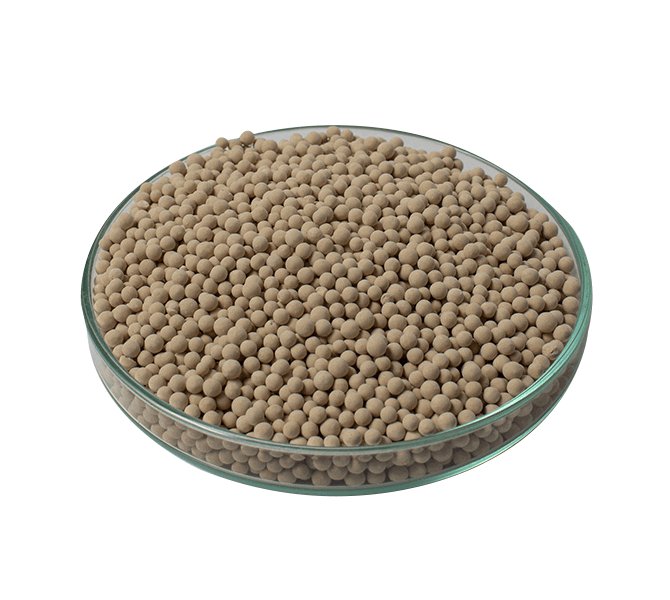
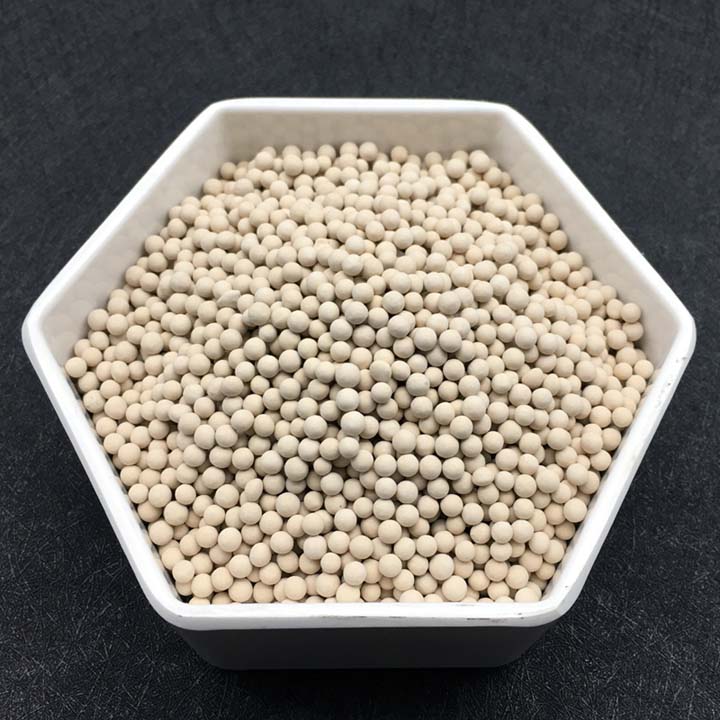
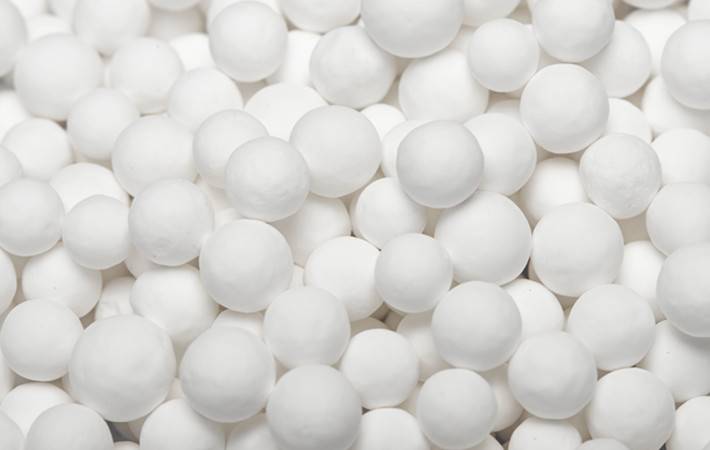
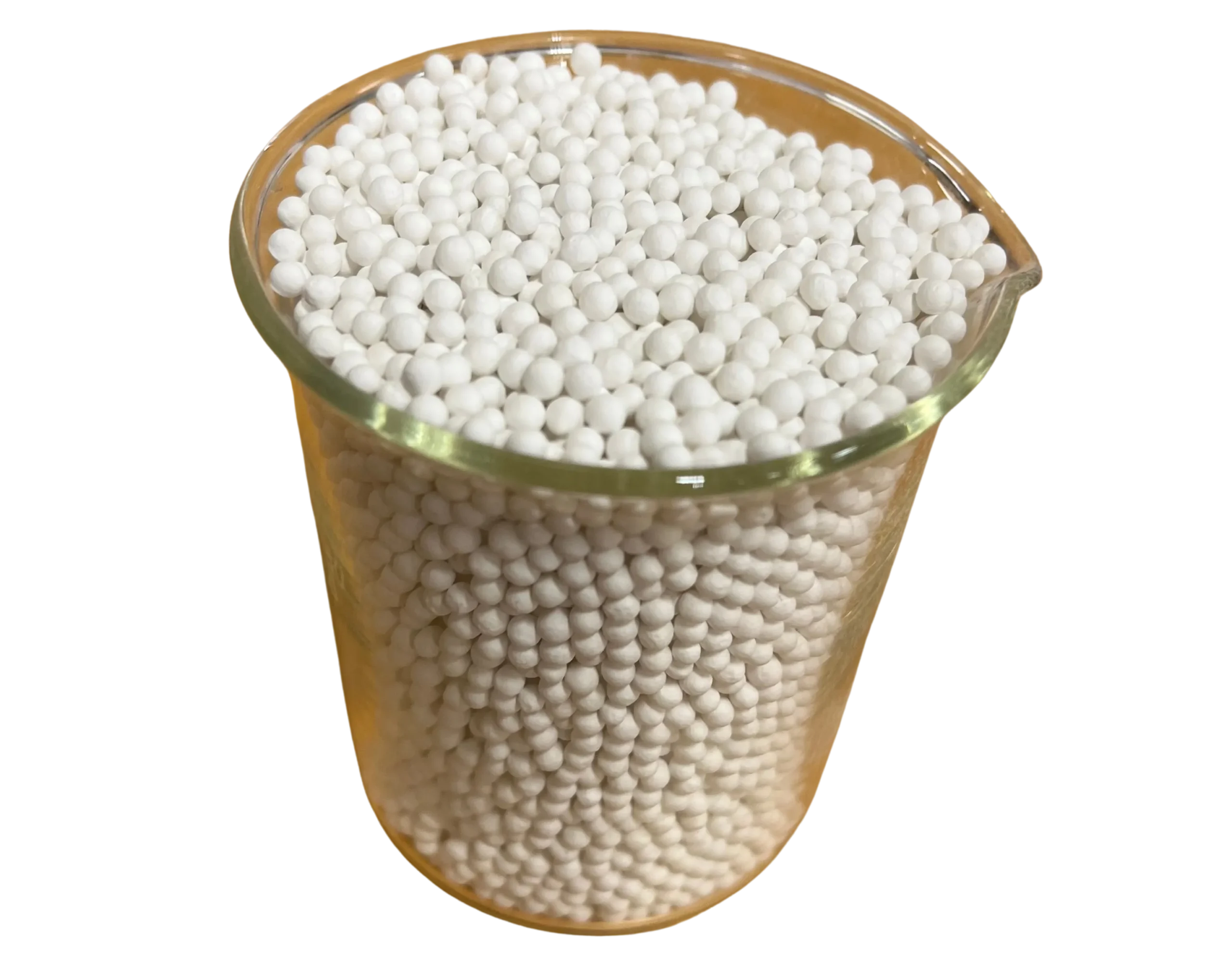



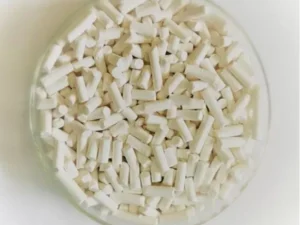


Reviews
There are no reviews yet.